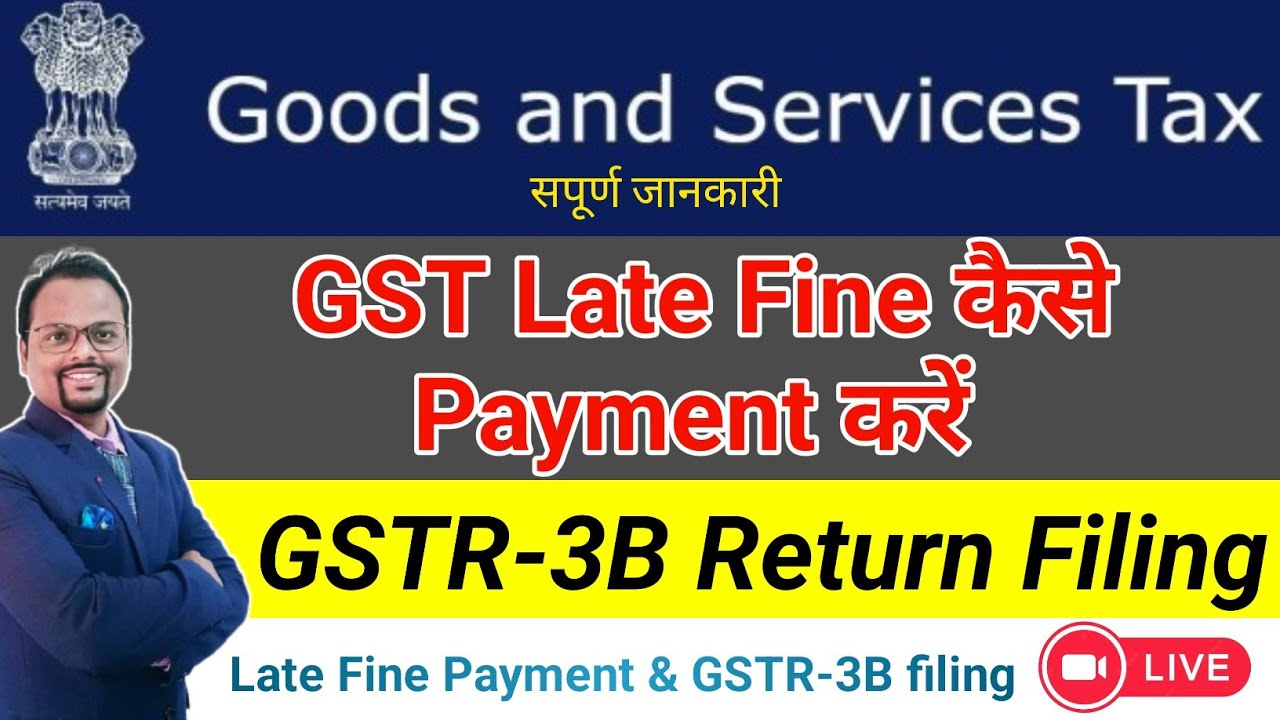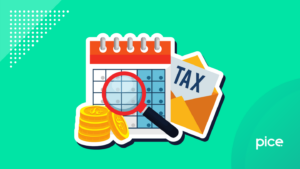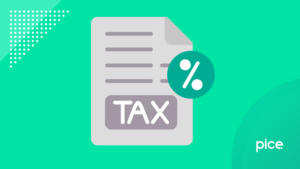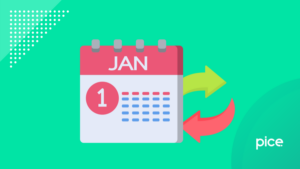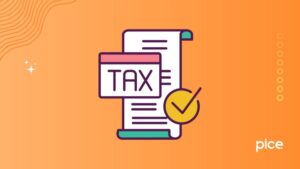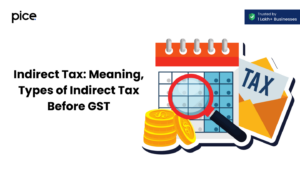Online GST Challan Payment
- 5 Sep 24
- 14 mins
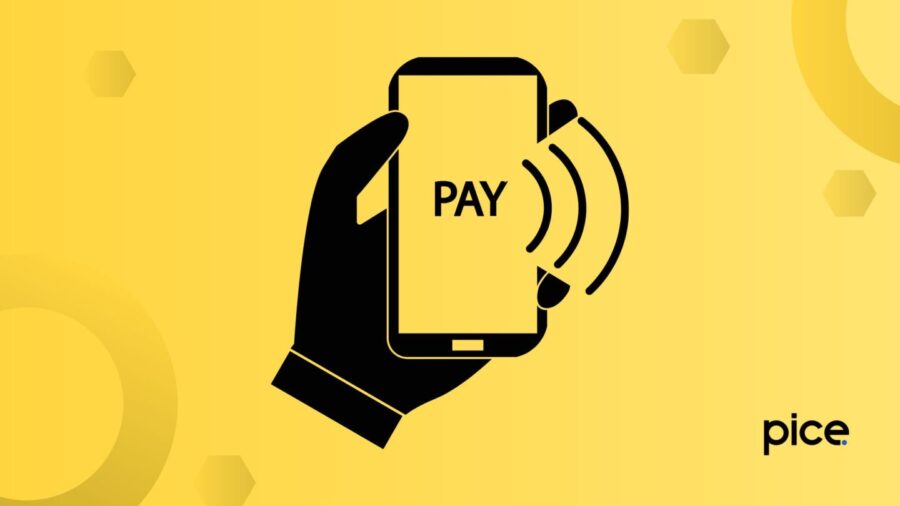
Online GST Challan Payment
- Understanding About GST Challan Payment
- GST Payment Deadlines
- Who Is Required to Pay GST?
- Step Wise GST Payment Process
- Rules Governing GST Payments
- GST Payment Options for Different Taxpayers
- Components of a GST Payment Challan
- Choosing the Right Mode for GST Payment
- Steps to Generate a GST Challan on the Online GST Portal
- Steps to Follow if GST Payment Fails
- How to Find Your Challan History?
- Tracking GST Payment Status by Challan
- The Bottom Line
Key Takeaways
- Understanding and completing the GST challan payment online is a crucial step for businesses to remain tax-compliant under the GST regime in India.
- GST payments are typically due by the 20th of each month. Missing this deadline can result in penalties and interest charges.
- Any business registered under GST, including those exceeding certain turnover thresholds, interstate suppliers, and previously registered entities, is required to pay GST.
- The process of paying GST online involves logging into the GST portal, generating a challan, and choosing from multiple payment options like Internet banking, UPI, or over-the-counter at a bank.
- If a GST payment fails, businesses should check for errors, track payment status, and possibly generate a new challan if necessary.
Payment of tax is a crucial responsibility for businesses in India. The Goods and Services Tax (GST) is one such tax compulsory for most companies. The GST payment process has been made simple and efficient with the 2017 amendment in Section 16(4) of the CGST Act. One of the key steps in this entire process is generating and paying the GST Challan online. This blog will guide you through everything you need to know about GST challan payment online.
Understanding About GST Challan Payment
Businesses are expected to make GST payments under statutory implications. The ruling government in 2017 rolled out the GST regime to simplify and streamline the tax structure. A GST challan denotes that you have successfully paid your taxes.
GST challan is a legal document for paying GST taxes. It is generated online by the GST portal itself. The challan includes details such as the amount payable, type of tax and taxpayer information. The mode of payment can be online or offline using the challan. Generation of GST challan is a crucial step for taxpayers looking to stay on top of their taxes.
GST Payment Deadlines
A GST payment is the tax amount that businesses and individuals are required to make under the current tax regime. When you sell goods or services, you collect GST from your customers and later remit this amount to the government. The tax rates are fixed. It is based on the type of goods or services you offer.
GST payments are typically due by the 20th of each month. If you file your GST return without paying the necessary taxes, the return becomes invalid. Failing to make payments on time can result in penalties and interest charges.
When making GST payments, the time limit for completion should be calculated from the date the challan is generated. If you create the challan before logging in and choose Internet banking, the payment must be completed immediately. If you opt for offline modes of payment, you will have 15 days to complete the payment.
Who Is Required to Pay GST?
If you are supplying goods or services in India and your business is GST registered, then you will have to pay tax to the government. This applies to:
- Registered Taxable Person: Persons, whose annual turnover is more than the specified threshold limit, are required to register in GST and they have to pay tax on transactions made by them.
- Input-Tax Credit: Suppliers of taxable goods or services are responsible for collecting the GST from customers and paying it to the government on their behalf.
- Importers: GST should be paid at the time of import of goods and services into India.
Even if your business is not making sales at the moment, you should still file Nil returns and generate a GST challan to stay compliant with the law. You need to register for GST if your annual sales exceed a certain amount. For most states, this amount is ₹40 lakhs for businesses selling goods in normal category states and ₹20 lakhs for businesses in special category states. You will have to register for GST, irrespective of being registered under older tax laws, such as Excise, VAT or Service Tax.
Other primary criteria for GST registration are as follows:
- Turnover Threshold: Businesses exceeding the annual turnover limit prescribed by the GST Council must register.
- Interstate Supply: Any business engaged in the supply of goods or services from one state to another must register for GST irrespective of turnover.
- Prior Tax Registrations: Entities previously registered under central excise, service tax or VAT are required to obtain GST registration.
- Business Transfer: In case of business transfer or demerger, the transferee or resultant entity needs to register under GST.
- Specific Categories: Certain business entities, such as input service distributors, e-commerce operators, and supplier agents, are mandatorily required to register for GST.
It is crucial to note that the definition of a 'person' under GST is broad and encompasses individuals, HUFs, companies, LLPs and other legal entities.
Step Wise GST Payment Process
💡 If you want to pay your GST with Credit Card, then download Pice Business Payment App. Pice is the one stop app for all paying all your business expenses.
Here is a step-by-step guide you need to follow with due diligence in order to initiate and complete state-wise GST payment.
Step 1: Log in to Your GST Account
- If you are a regular taxpayer registered under GST, start by visiting the official GST website.
- Log in using your credentials.
Step 2: Access the 'Payments' Section
- After logging in, go to the 'Services' tab.
- Click on 'Payments' and then select 'Create Challan.'
Step 3: Enter Payment Details
- In the challan form, carefully enter the amounts under each tax head (like CGST, IGST and Cess).
- Choose your preferred payment method.
Step 4: Generate the Challan
- Review all the details you have entered. If you are unsure, you can save the challan and return later to make changes.
- Once you are confident, click 'Create Challan' to generate it.
Step 5: Proceed with the Payment
After the challan is created, you can proceed with the GST payment. Choose one from the following payment options:
- Over-the-counter payment at a bank
- Online payment using Internet banking, debit card, or credit card
- Payment via NEFT/RTGS
Step 6: Complete the Payment
- Depending on your chosen payment method, complete the transaction
- For online payments, download the payment acknowledgement immediately
- For over-the-counter payments, you will receive a receipt from the bank
Regardless of how you make the payment, it is essential to generate the final challan online. Keep a copy of your GST payment receipt as proof for future reference. If your tax liability exceeds ₹10,000, you must pay taxes online. GST payments must be made every month after filing your GSTR-3B return. The payment and return filing for the previous month should be completed by the 20th of the following month.
Rules Governing GST Payments
The major regulations that govern GST payments are:
- Every month, after filing GSTR-1 to report your sales, you must file GSTR-3B to report your Input Tax Credit (ITC) and pay any GST due. If you need a refund, you can claim it by filing the appropriate refund forms.
- If you do not pay your supplier the invoice amount, including GST, within 180 days of the invoice date, you will need to repay the ITC you claimed, plus interest.
- There is now a 3-year deadline from the due date to file returns like GSTR-1, GSTR-3B, GSTR-9, and GSTR-8. After that, you cannot file these returns.
- Corporate Social Responsibility (CSR) activities have been added to the list of ineligible ITCs.
- Schedule III has been amended to provide that the provisions of certain sections shall come into effect retrospectively with effect from July 2017.
Now, businesses selling goods through e-commerce platforms would also be able to decide on the composition scheme under Section 10 of the CGST Act.
GST Payment Options for Different Taxpayers
If you have enough money in your electronic cash ledger, there is no need to make any payment. If you do not, a challan will be made for crediting the money into your cash ledger. This can be done using different payment modes. Let us find out how different taxpayers proceed with such payments.
Regular Taxpayers
Using the Challan: Regular taxpayers use PMT-06 challan to add money to their electronic cash ledger. This is done while filing GSTR-3B.
Linking Details: The details you enter in the PMT-06 challan show up in your GSTR-3B return.
Payment Options: You can generate and pay the challan before or after logging into the GST portal or during GSTR-3B filing. This gives you flexibility in how and when you pay.
Quarterly Taxpayers
Scheme Participation: If you file your GST returns quarterly, you are part of the Quarterly Return Filing and Monthly Payment of Taxes (QRMP) scheme.
Payment Schedule: For the first two months of the quarter, you pay taxes using the PMT-06 challan. The payment in third month is made while filing GSTR-3B.
Process Steps: The payment process is simple but has a few extra steps compared to monthly filers.
Taxpayers with Zero GST Returns
No Sales or Purchases: If you did not make any sales or purchases, you do not owe any GST for that period.
No Payment Needed: You are exempt from making any payment or using a challan if you have no GST to report. You need to file a Nil return.
Composition Scheme Taxpayers
Sales Reporting: Under composition scheme, you report your quarterly sales or turnover using challan CMP-08
Making Payment: After reporting, you pay the applicable tax based on the sales information you provided.
There are resources available to guide you in case you need help making payments with CMP-08.
Components of a GST Payment Challan
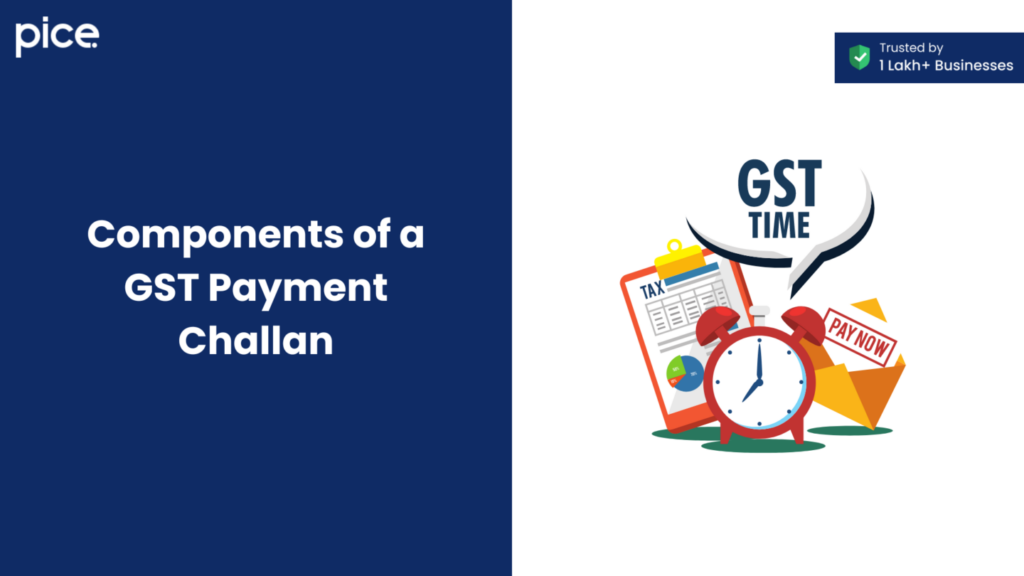
Here are the major components of a GST payment challan that you need to know:
- Common Portal Identification Number (CPIN): It is a unique number of each GST Challan
- Generation Date: Date of challan created
- Expiration Date: Generally a challan expires in 15 days from the date of creation
- Method of Payment: The mode that you selected for the payment
- Taxpayer: GSTIN, email and phone number of taxpayer along with his name and address
- Taxes Payable: The amount of CGST, IGST, SGST, CESS etc.
And then click on the 'Make Payment' option for GST online payment.
Choosing the Right Mode for GST Payment
When it comes to paying GST, you can choose from different options. Let us break these options down into online and offline methods so you can choose what works best for you.
Online Payment Methods
1. Using the GST Portal:
- Log in to the GST portal using your login details.
- Make a Payment: Then, go to the 'Services' section, click on 'Payments,' and select 'Create Challan.'
- Choose How to Pay: You can pay using digital banking, credit card, debit card or NEFT/RTGS.
- Finish Paying: Lastly, follow the instructions to complete the payment and make sure to save your Challan Reference Number (CRN) for future reference.
2. Paying via UPI:
Select the UPI option as your payment method on the GST payment portal. Complete the payment through your UPI-enabled app. Once the payment is done, save the transaction details.
Offline Payment Options
1. Payment at a Bank:
- Challan to be Generated: Before filing the GST return, prepare your challan through the GST portal.
- Go to an Authorised Bank: Present the challan at the bank chosen by you
- Payment: You can pay via cash, cheque or demand draft. However, you must obtain a receipt from the bank, stating that payment was made on your behalf.
2. Over-the-Counter (OTC) Payment:
- Available for small payments up to ₹10,000
- Take the challan you generated online with you and approach your nearest authorized bank branch
- Payment can be made in cash/cheque/DD accompanied by receipt
Steps to Generate a GST Challan on the Online GST Portal
Follow these steps to generate a GST challan on the portal:
Step 1: Visit the GST portal and log in.
Step 2: After login, go to the 'Services' tab > 'Payment' > 'Create Challan'.
Step 3: Enter all the required details, like your taxpayer type and tax heads (like CGST, SGST, Cess, etc.), in available fields of challan form. Verify the auto-filled details to make necessary corrections.
Step 4: Select your preferred mode of payment - Net Banking, Credit/Debit Card, NEFT/RTGS or Over-the-Counter (OTC).
Step 5: Click on 'Generate Challan'. A CRN (Challan Reference Number) will be generated after your payment.
Step 6: If paying online, follow the instructions to complete the transaction. Print the challan and visit an authorised bank to make the payment, for offline GST payments.
Step 7: After completing payment save the confirmation and the CRN for future reference.
Steps to Follow if GST Payment Fails
Here's what you can do if your GST payment fails:
- You should first check for any errors during the payment procedure if incorrect data has been entered.
- Following that, you need to wait for 24 hours as sometimes payments take a little bit longer to process.
- You can either check the payment status through 'Track Payment Status' available on the GST portal and know if it is accepted or not. If it still remains as failed, do not hesitate to call your bank to ensure that nothing has been debited from there.
- In case the payment has failed, you need to fill a new challan, generated with fresh CPIN.
- You can reach out to the GST helpdesk as well.
How to Find Your Challan History?
Follow these simple steps to check your GST payment history:
- Login to the GST Portal with valid credentials.
- Go to 'Services'.
- Select 'Payments'.
- Go to the 'Challan History' option.
Tracking GST Payment Status by Challan
Checking the current status of your tax payment is simple with these steps:
- Go to the GST website home page.
- Click on 'Services' > 'Payments' > 'Track Payment Status'.
Enter your GSTIN and CPIN from the challan you paid. The status of your payment will be shown on the screen.
The Bottom Line
Although the GST regulation seeks to streamline the tax system, it might be challenging to comprehend all of the criteria. This blog simplifies everything that you need to know about GST challan online payment. To avoid penalties, it is essential to understand the requirements. If in doubt, professional guidance is advised.







